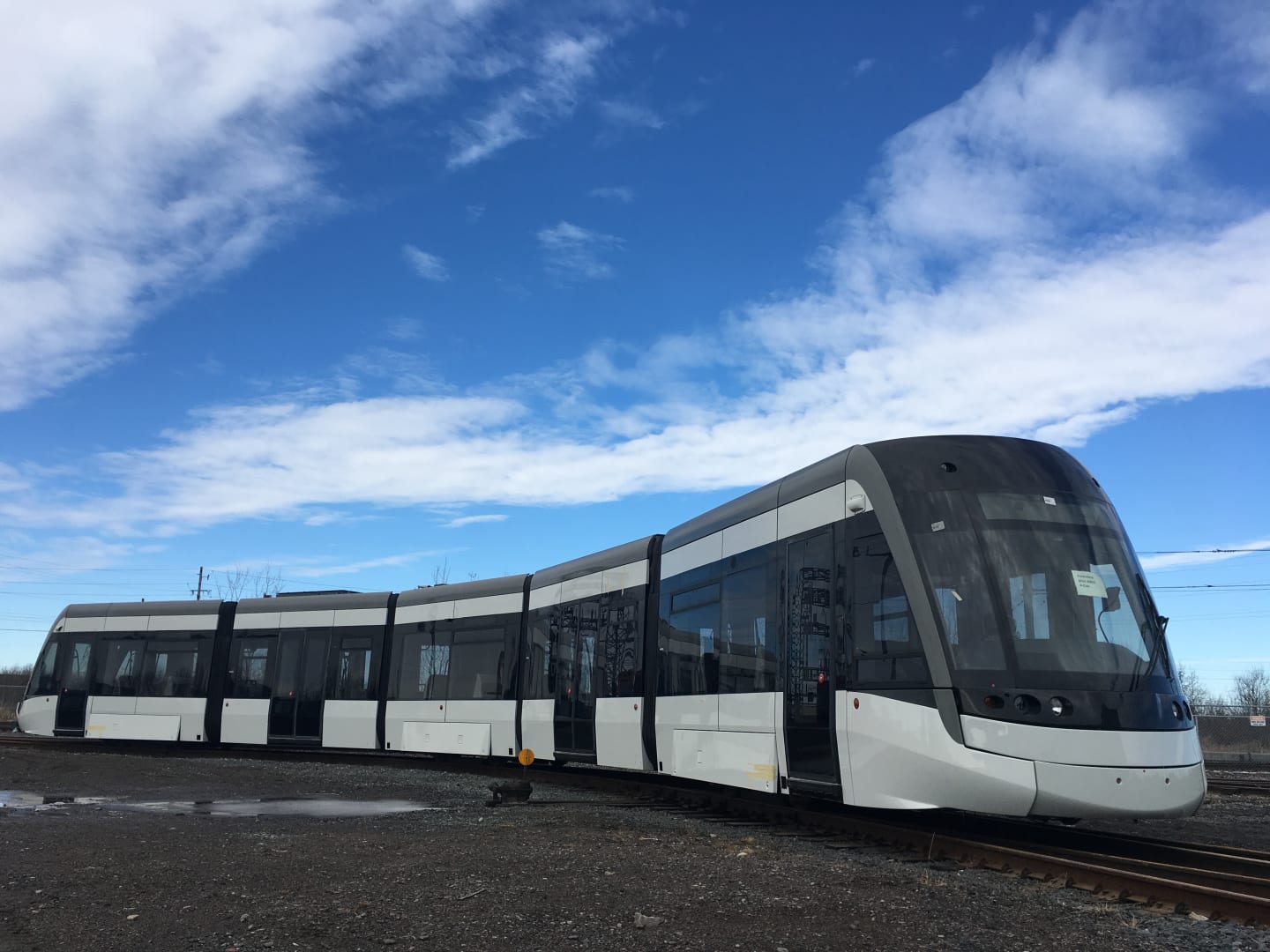Light Rail might already be popular but some cities are taking it to the next level
News from abroad this week surfaced that the Irish capital had elected to use light rail vehicles to operate its new Metrolink project that would run north-south via Dublin's airport and city centre.
The international rail journal reports the Dublin project will be 26km in length, have 25 stations (of which 15 are brand new) and include two underground sections.
A consultation round is now underway and the reported price tag - presumably only capital costs - is €3 billion or around $4.85 billion Australian Dollars.
Perhaps the most impressive stat in the various reports in both the Irish and Rail media is that by 2030 the system is expected to be carrying 15,000 passengers per direction per hour with rail vehicles measuring approximately 60m long and running on 2-minute frequencies.
To put that into context, the 96 tram route between St Kilda Beach and East Brunswick operates about 10 trams per hour in peak with each E-Class tram able to carry 210 people, that's about 2,100 passengers per direction per hour.
The real difference when you compare the Dublin proposal to the light rail systems that have popped up in Sydney and the Gold Coast as well as any number of US cities over the past decade is that this Dublin metro will almost entirely be separated from road traffic.
Another city which has gone down this path, to a certain extent, is Toronto with its Eglinton cross-town project.
It was kicked off in 2010 and encompasses a straight east-west cross-town line that links with three of Toronto's existing (heavy-rail) subway lines over 19km. The route includes a 10km tunnel and the remainder of the line is on the surface but in its own right of way that has minimal interaction with the existing road network (i.e. level crossings).
In total the project will cost $9.1 billion Canadian Dollars ($9.2 billion Australian Dollars) - and this is where Canadians just get it right, the public has far better access to cost breakdowns - it's $5.3 billion in capital/construction costs and the remaining portion, $3.8 billion, is what it will cost to operate and maintain the system over a 30 year period.
The Toronto Star reported and further broke down the capital costs to show the 10km underground section's 15 new underground stations will cost between $80 million and $100 million each. Surface stations cost very little in comparison with the Toronto Star reporting it will cost between $3 million and $5 million per stop.
Over a 30-year timeframe, that $3.8 billion cost averages out to be approximately $126 million per year and after fares and other revenue streams are taken into account, the required subsidy from the public purse to operate the line is expected to come in at $39 million per year.
In other words, somewhere between 60 and 70 percent of the forecast cost to operate the line will be paid for from the farebox. For comparison's sake, a report in the Australian Financial Review in January 2017 sets Melbourne's current cost recovery from fares at between 20 and 30 percent.
So what might a 26km mostly underground but definitely separated light rail line cover in Melbourne? I look at that here.
